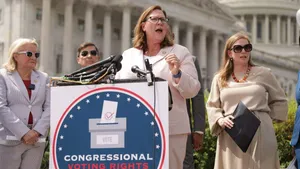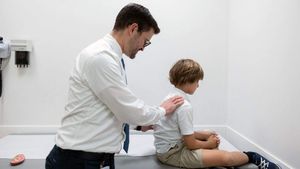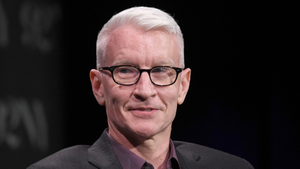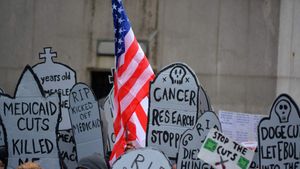A new report released this week from the Centers for Disease Control and Prevention found that HIV incidence in the United States has gone from the highest number of diagnoses reported in 1984 and 1985 (130,400) to 34,800 in 2019 — a decrease of 73 percent.
The report is based on data modeling from the National HIV Surveillance System examining HIV infections from 1981 to 2019 in those 13 and older. CDC researchers estimate 1.2 million people were living with HIV in 2019.
HIV incidence plateaued between 1991 and 2007 with between 50,000-58,000 diagnoses a year.
Most new diagnoses are related to male-to-male sexual contact, according to the report. Male-to-male sex was connected to 63 percent of cases in 1981 and 66 percent of cases in 2019.
In 2019, a larger number of new diagnoses were among Black and Latinx people than in 1981. For Black people, that is a rise from 29 percent in 1981 to 41 percent in 2019; for Latinx populations, that is a rise from 16 percent in 1981 to 29 percent in 2019. The CDC also noted that diagnoses among females had increased from 8 percent to 18 percent in the same period.
Another recent CDC study found that four out of 10 trans women in several large U.S. cities reported having HIV. Among Black trans women taking part in the study, 62 percent were living with HIV, while 65 percent of Native trans women were HIV-positive. Among trans Latinas, 35 percent were living with HIV, while 17 percent of white trans women were shown to be positive.
The largest reduction in HIV incidence has occurred in drug-related transmissions — a decrease of more than 90 percent.
Much of the reductions across the board is due to better access to HIV diagnostics, better HIV screening, and antiretroviral therapy. Prevention methods like PrEP have also played a big role; PrEP is more than 99 percent effective in preventing HIV transmission. However, currently only 23 percent of those who could be taking PrEP are.
The report also linked to better communication of certain groups, including those at risk for HIV, community activists, scientists, politicians, and public health. “Communication and collaboration between these groups has resulted in a more robust, equitable, and effective response,” states the CDC report.
The authors of the new report recommend that HIV treatment and prevention initiatives should target communities most affected. Moreover, service providers should be also addressing the social and financial problems that have led to HIV-related health disparities.
“Ending the HIV epidemic requires equitable implementation of prevention tools to diagnose HIV infection early, treat persons with HIV to rapidly achieve viral suppression, and link persons to preventive services,” the report states.




































































